Water Filter Buying Guide
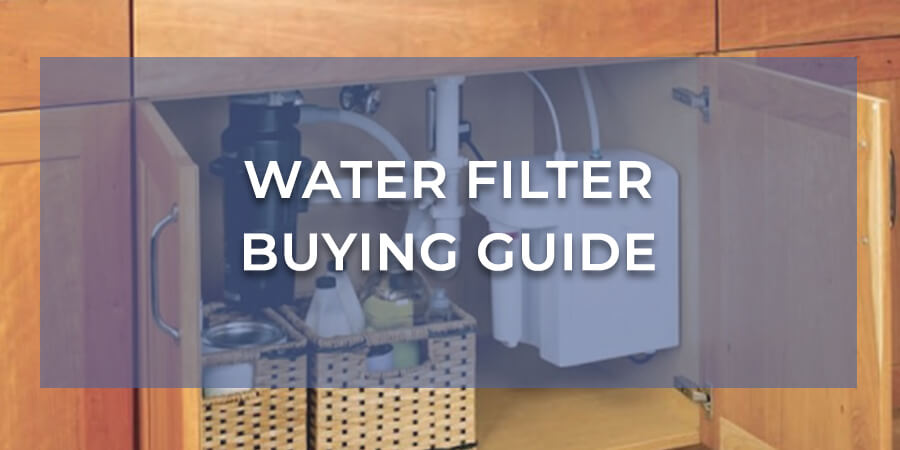
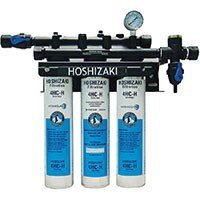
In need of help finding the correct water filtration system? Choosing a correct water filtration system for a commercial application isn’t rocket science… Well the engineers behind some major manufacturers may believe otherwise. They’ve done just that. They’ve taken water filtration down to an exact (and complex) science. On top of that, there are so many varieties and niches inside the foodservice industry who all have a need for clean, fresh, filtered water; and there is a water filter/system for every one of them. Confused yet? Between microns, chemicals, formulae, filtration rate… we might as well dub it rocket science. However, what we are going to accomplish: Leaving the complexities to the engineers and “filtering” out what we need to see in order to make an educated choice in a water filtration system.
1. Common Types of Water Filtration Systems
There are several types of water filtration systems, and a “sub-variety” for each. We are going to cover the more common types.
Carbon
(economic; used in ice, beverage, and other foodservice applications)
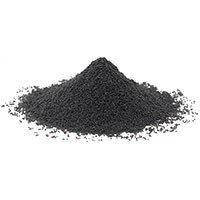
Carbon filtration is the basic-good for everything-filtration. Carbon itself is naturally a great absorbent that can absorb many water impurities that are invisible to the naked eye. Some filters use a carbon block to push the water through, some use a sediment that builds up after rushing water through it first (known as activated carbon). Carbon filters are also usually equipped with a membrane as an extra layer of protection. These carbon filters can be manufactured with different densities, meaning some can filter smaller physical debris than others.
Chloramine
(costs more; used in general foodservice applications where needed)
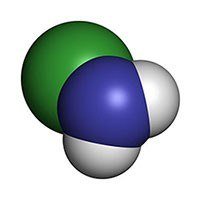
Chloramine is great at what it is designed to do; kill what you don’t want in your water. It takes over as an agent that can do more, down a further line, than your average chlorinated water. Many US cities have adopted it in their water treatment. However, just like chlorine, it has its bad side and is toxic to most living organisms. While US cities have done a good job of keeping a lethal dose out of our water supplies, once it’s completed its job of cleaning the water, you don’t necessarily want to be drinking it. Chloramine filters take care of that. They do an excellent job of filtering out chloramine; along with the bad taste and odor. Leaving (primarily) a fresh cup of water before you and your customers.
Scale Inhibition
(costs more; used in general foodservice applications where needed)
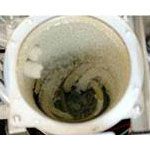
You don’t want your customers (or yourself) drinking scale. Scale varies in appearance from hard crystal to a soft coating and often has a few other elements with it. No matter what, it doesn’t look pretty. Scale primarily happens with the fluctuation of pressures and temperatures; or perhaps it takes time to allow hard minerals from your water to buildup. Scale inhibitors don’t filter out scale, but more or less do a good job of preventing it from happening.
Ultra Violet
(Pricey; intended for virus/bacteria removal)

Ultra violet filtration is the superhero of filtration. By using ultraviolet light/energy, water can be cleansed on a microscopic level. Say goodbye to viruses and germs on that level. However, it doesn’t physically filter the water. So hard materials and debris is left. This also leaves spores behind which can tend to cling to the human digestive tract. Due to the fact that these filters do not filter out debris, it is recommended to use this filter in conjunction with another filter.
Reverse Osmosis
(costs more; used more commonly in beverage applications)
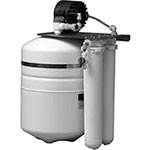
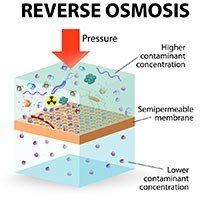
Osmosis is (for the sake of argument) the movement of water from a low concentration to a high concentration through a semipermeable membrane. Reverse osmosis is exactly the opposite. While osmosis is good for making the bad stuff and the filtered concentrates balanced, reverse osmosis is under pressure and therefore doesn’t care so much about balance. Essentially, you wind up with a purer filtered concentration. What does that mean? Well for us, it means that essentially we wind up with a cleaner water.
2. Choosing the Best System
The first initial reaction upon discovering the bountiful amount of water filtration systems is to get the best you can afford. And of course the assumption of the best is usually the system that… well … filters the most. However, even the engineers behind the filters don’t look at it that way. They look at it like this
Your equipment deserves the best it can handle, and your customers deserve the best they can get.
That is a semi-accurate picture of their thoughts anyhow. A better way to look at the large variety of filters and their systems, is to look at what each system is primarily designed for… specifically with your equipment in mind.
Proof that having a good water filter system can be found at any McDonald’s. Business Insider explains why McDonald's coke taste's so good!
Filtration Homework
Certain locations require certain precautions with your water. Gathering information is essential. If you are already acquainted with the water in your area, that is great. Else, a little homework may help you. Simply tasting the water can help you decide what you need; such as odor and taste of chlorine, or visible scale and calcium on surfaces. And it never hurts to ask the current business residents what they are feeling about their water source. Certainly no one will frown upon you for asking around… this is the general public’s health we’re talking about.
Combining Filter Types
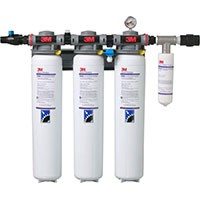
When purchasing a new water filtration system, it is possible to have a multi cartridge system. Certain brands also allow to have more than one type of filter present on your filter system. This is how multiple problems are taken care of.
Ask your water filtration dealer about combining some systems. They are there to help you and can suggest the proper combination.
Choose By Micron Rating
Microns. Pay attention to them because they can be your friend or your enemy. The higher the micron rating, the larger the particle that can pass through the filter. Subsequently, the lower the micron rating, the less amount of particles which may pass through the filter.
So buy the system/cartridges with the lower rating, right? If you find yourself changing filters more often than you should (on average, none bells and whistles filter cartridges should be changed approximately every 6 months), then you are probably in the need of a higher micron rating. If you are setting up a system at a new location, just remember that a micron rating lower than 5 is usually intended for beverage (or similar) applications.
3. Application Benefits
Ice Machines & Beverage Dispensers

Ensuring that your customer enjoys their drinks, whether it be Soda, Tea, Water or any other form of Liquid served, is a crucial part of keeping a customer returning back to you. Have you ever gone to a restaurant and asked for water and taste a lot of chlorine? If so, then think about how that taste is affecting your product by floating in their drink in the form of Ice. Dirty water can not only be harmful to your product but also harmful to the longevity of your Ice Machine which can cause more repairs or even having to replace the unit altogether. Generally, the cost of water filters will end up saving you a lot of money in the long run. In summary, here are some of the benefits of having a Water Filtration System on your Ice Machine:
- Increase longevity of your ice machine by reducing scale & sediment particles
- Better tasting drinks by reducing excess chlorine taste and smell
- Prevent the warranty on your ice machine from becoming void
- Less cleanup by preventing scale/lime buildup in your machine and bin
- More efficient ice production due to better water flow
Drinking Water

The taste of your water can either drive traffic to or away from your store. Many people believe that the standard filtration by your local water company is sufficient enough to drink but unfortunately this is not necessarily true all the time. There are many other variables that comes in to play, whether it be the piping or maybe even a leak somewhere along the way, they can cause your water to not only taste gross but also be unhealthy. Also, it is not necessarily the best choice just to buy a water filter, but sometimes it would be suitable to have a reverse osmosis system instead. The reverse osmosis has one of the cleanest tastes of water you can find and if your setting allows it, then it would not be a bad idea to invest a little bit of money into one. See some of the benefits below of having clean great tasting drinking water:
- Better taste (little to no chemical flavor)
- Better appearance & consistency
- Healthier water
4. Proper Maintenance
When to Change Your Filter
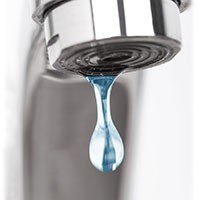
Water flow is essential to your business. You can’t serve the house soup with a faucet that drips at full blast. You also can’t serve your secret ingredient when all your customer tastes is chloramine. So change your filters. It is imperative to the life of your equipment and filter system.
Leaving filters unchanged, just like your furnace at home, could let unwanted debris in unwanted places. Tearing through the protective membrane of your filter cartridge isn’t a good thing. Just as well, a water filter cartridge that has (by doing what it is designated to) collected debris and such, will not do a good job at letting anything past… including your delicious water.
- Common carbon Based Filters (including chloramine and scale inhibition) – change every 6 months unless otherwise specified.
- Ultraviolet Bulbs – may glow long beyond a year, but should be changed at least annually; unless otherwise specified.
Charging Your Filters
It is a small task that can save plenty of heartache. As mentioned before, there are two types of carbon based filters. One is a carbon block, and the other is carbon sediment (activated carbon). It’s a good gamble to assume that most in the foodservice industry don’t know to charge their activated carbon filter.
Activated Carbon – is activated at the time of passing water; where a cake of carbon builds up around the filter membrane. The assumption is that the water which passes through the filter before “activation” is unfiltered by the carbon.
To charge a water filter which is activated carbon based, is as simple as:
- Install water filter cartridge
- Turn on water supply at medium high
- Let it run for approx. 5 minutes
- Turn water supply to desired production strength
- Begin using the filtered water
Installing & Operating Your Filter System
Sometimes finding the correct documentation to help install your commercial water filter system might not always be the easiest. For that, we have listed a few brands and a link to where you can find that information. If you can't find the installation guide below, feel free to contact us so we can assist you with finding it.
Everpure Water Filter Installation Manual
Hoshizaki Water Filter Installation Manual
Follett Water Filter Installation Manual
Manitowoc Water Filter Installation Manual
5. Putting It All Together
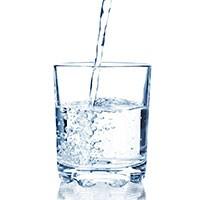
With this information in hand, there is no reason you can’t successfully serve great-tasting water, ice, beverages, and food to your customers and/or family members. By putting this information together, you no longer need to feel intimidated or lost when it comes to water filtration. This article may not make you an expert but it's definitely a great way to get things started.
Also, if you need any further information/assistance, contact us and we'll be happy to point you in the right direction. We want you and everyone you know to partake in the best water you can get. Remember, having clean and sanitary water is not just about the taste, it can provide you and everyone you know with optimal health benefits. So make sure you invest in something that will take your health to the next level!
Share This!